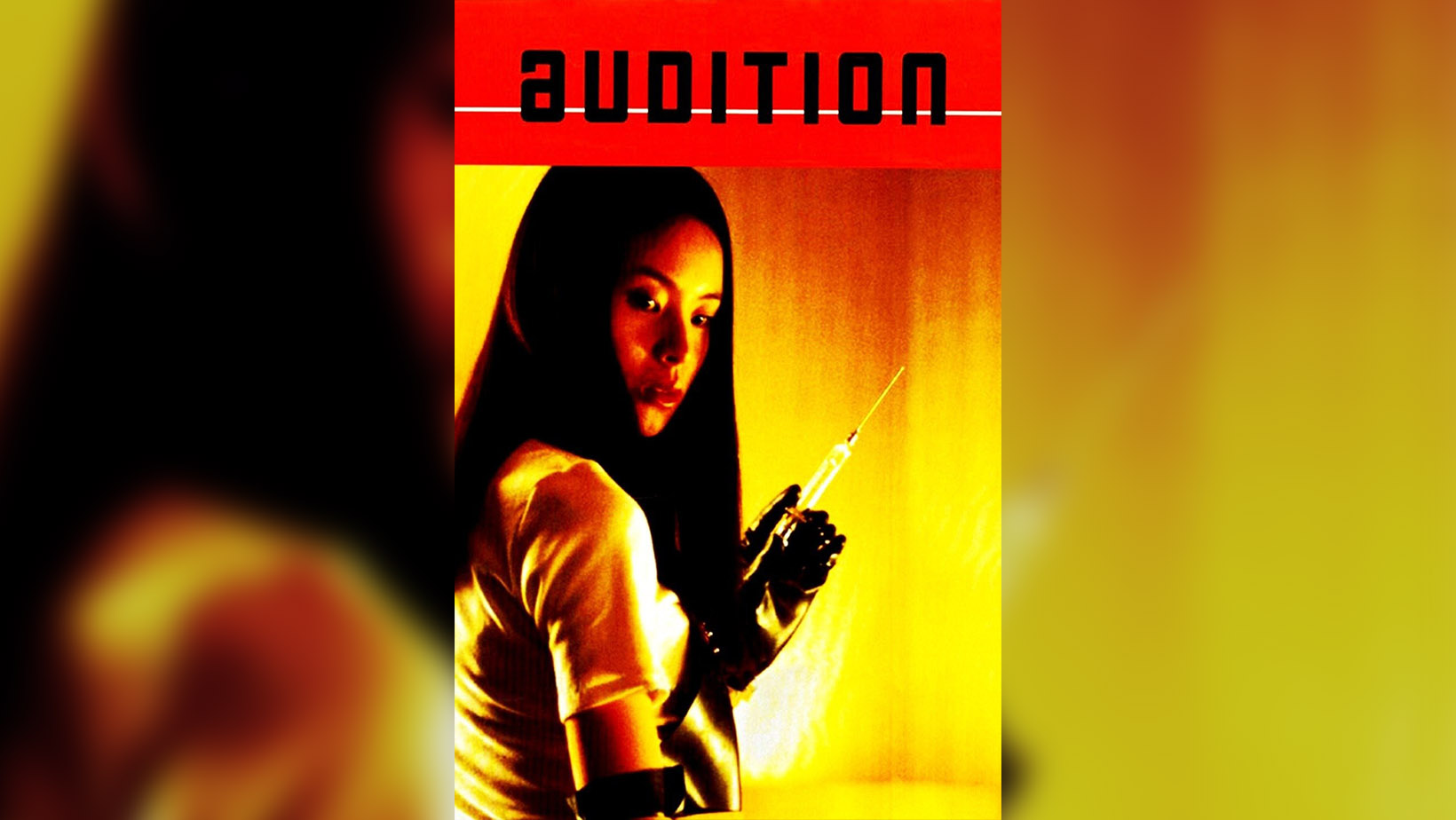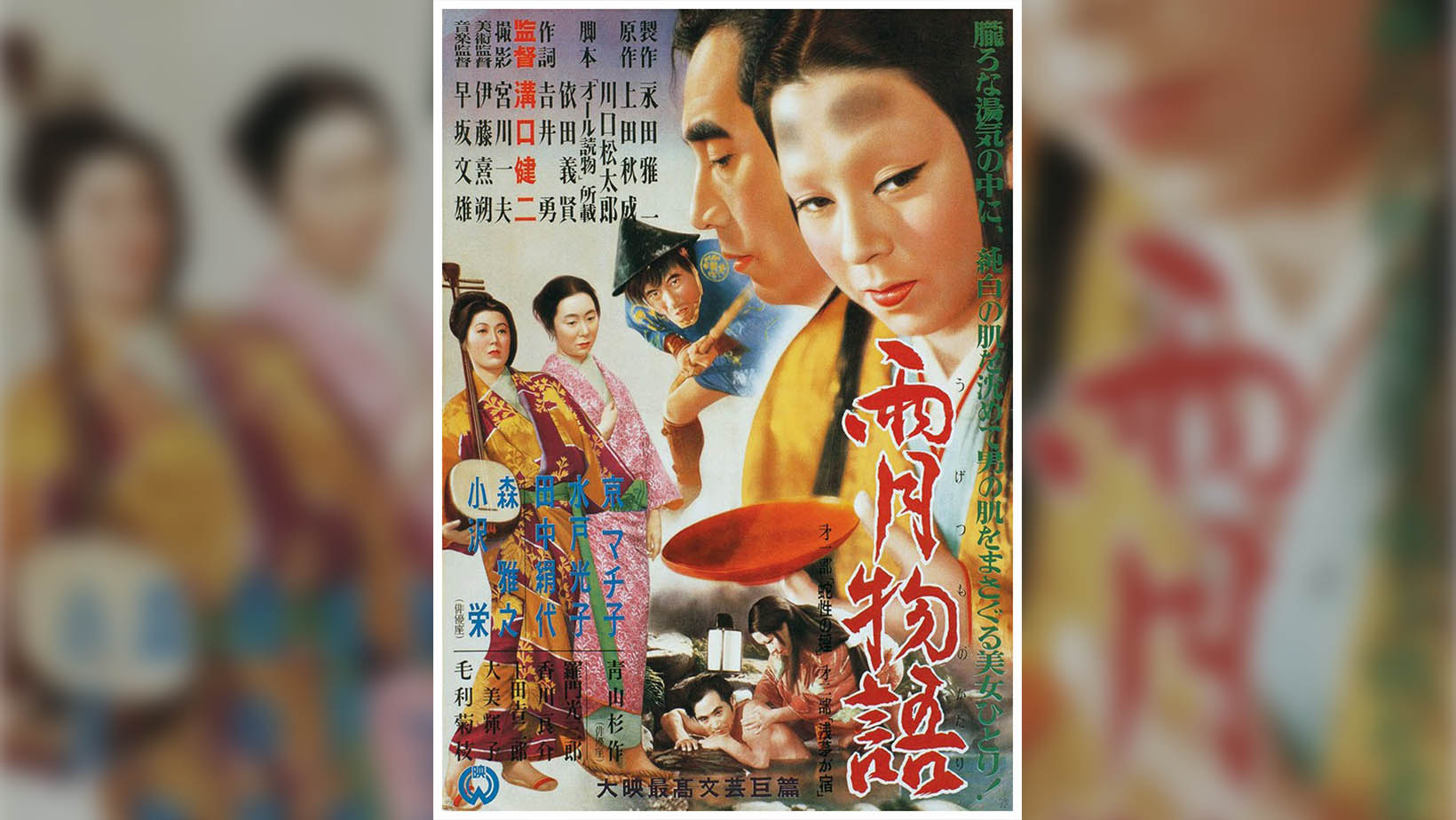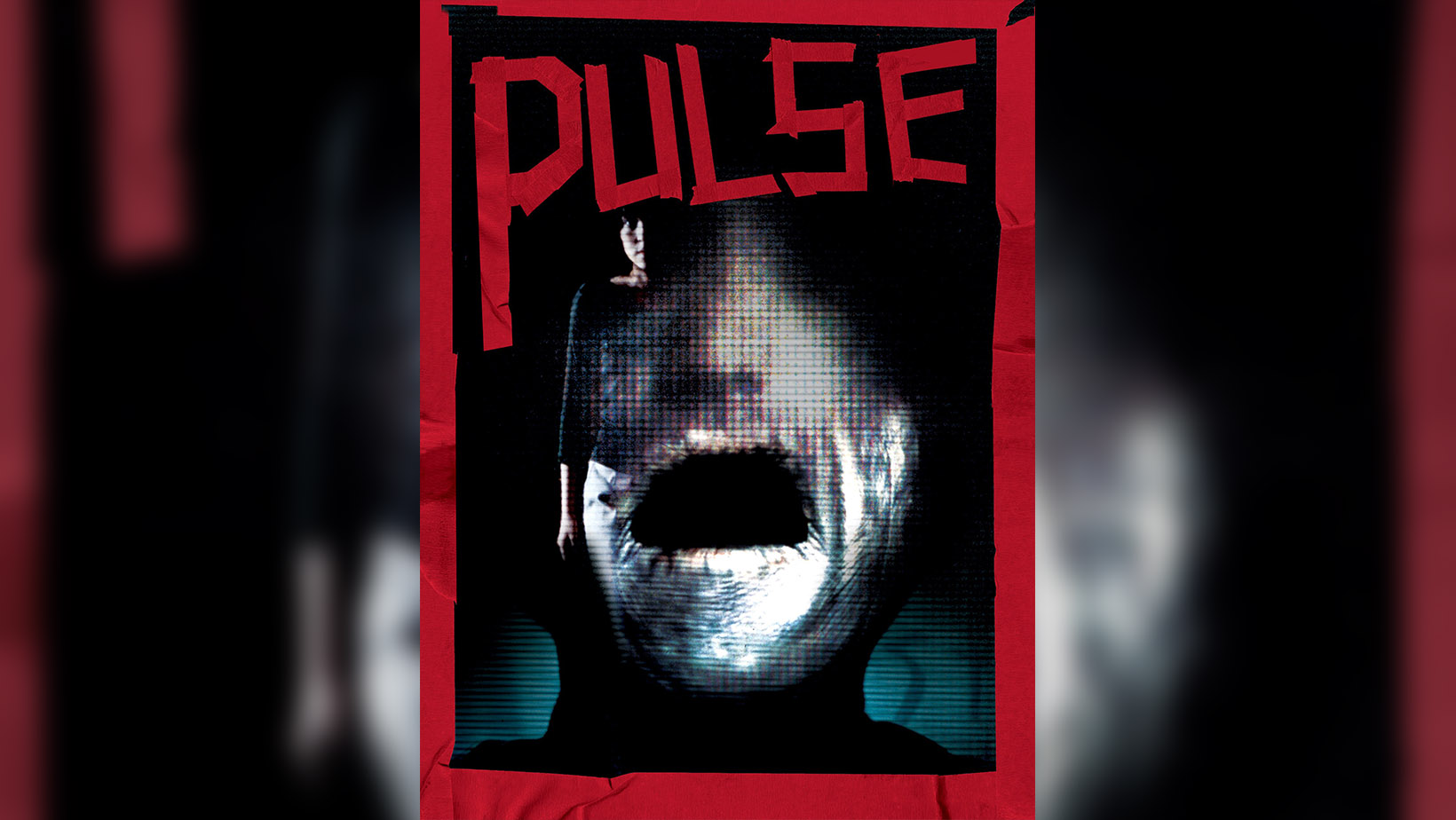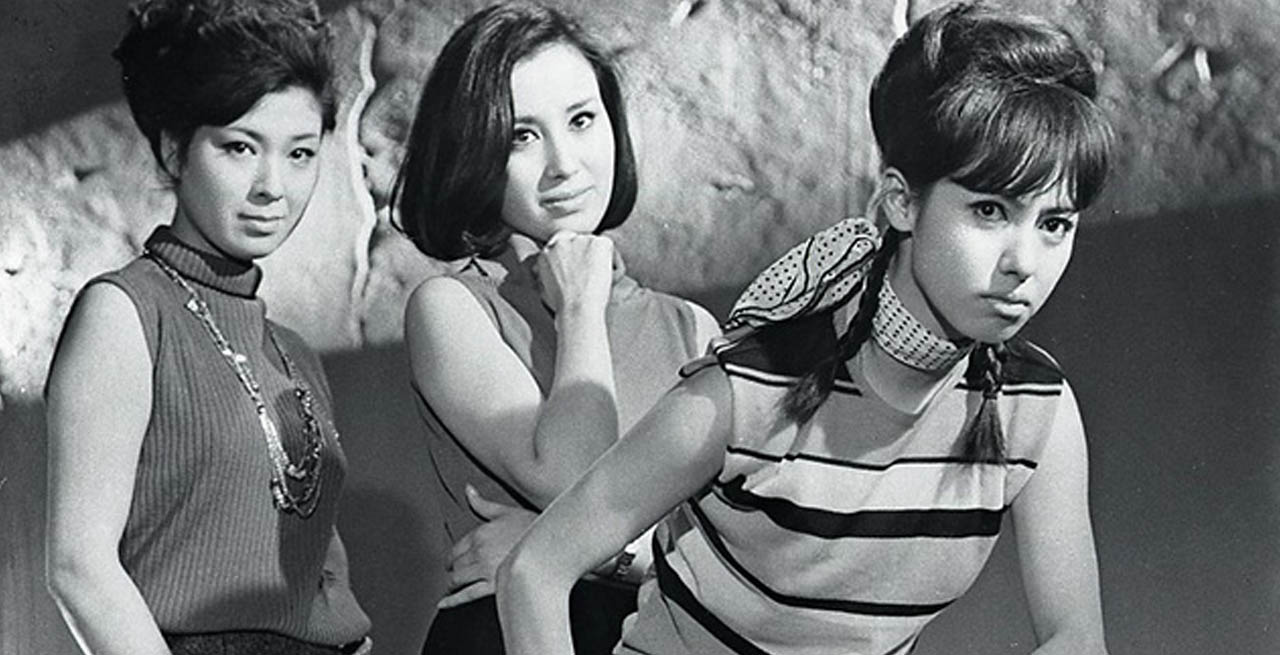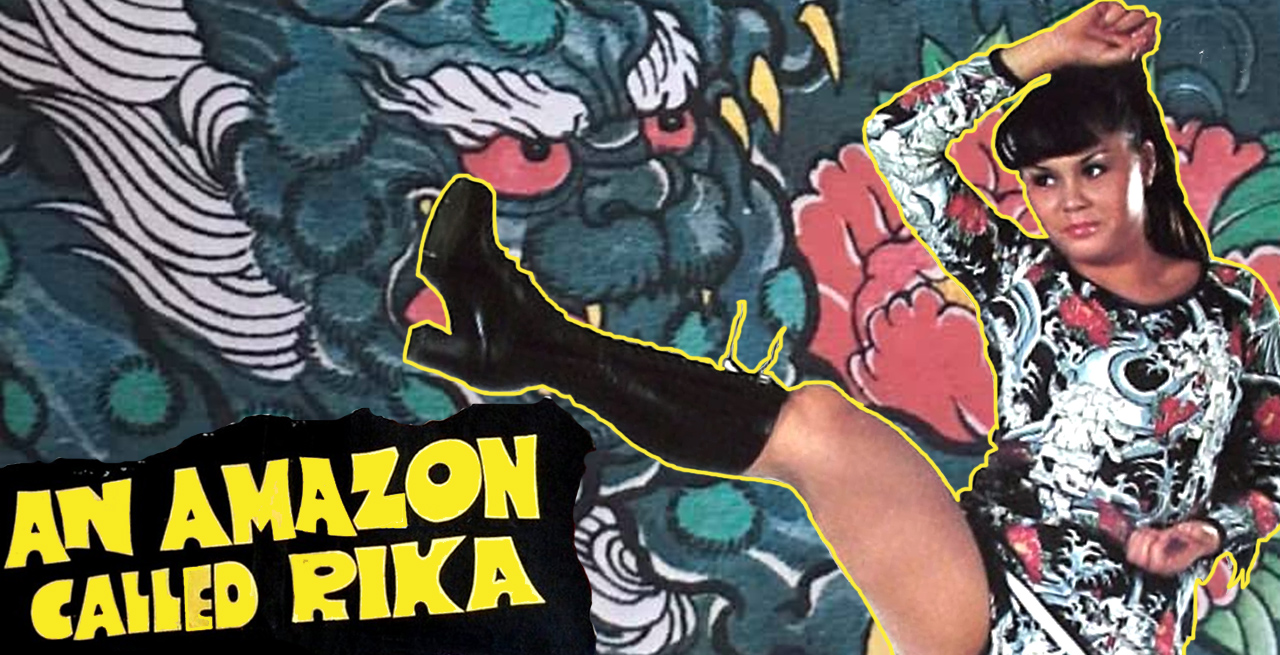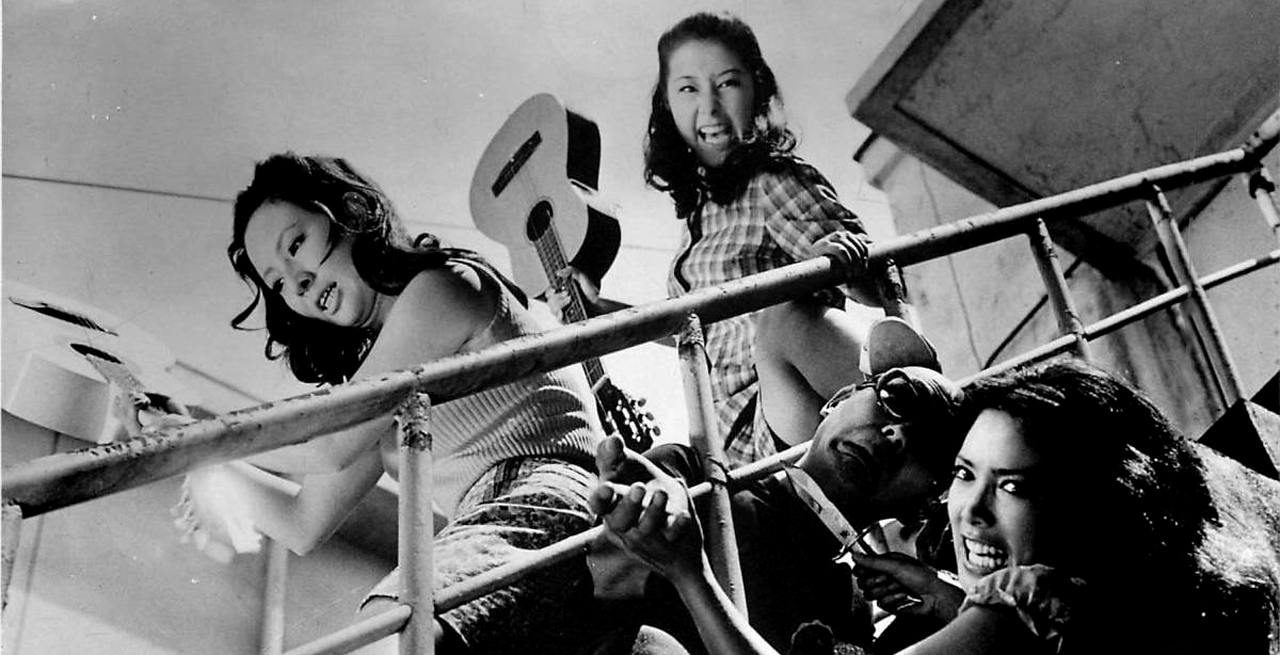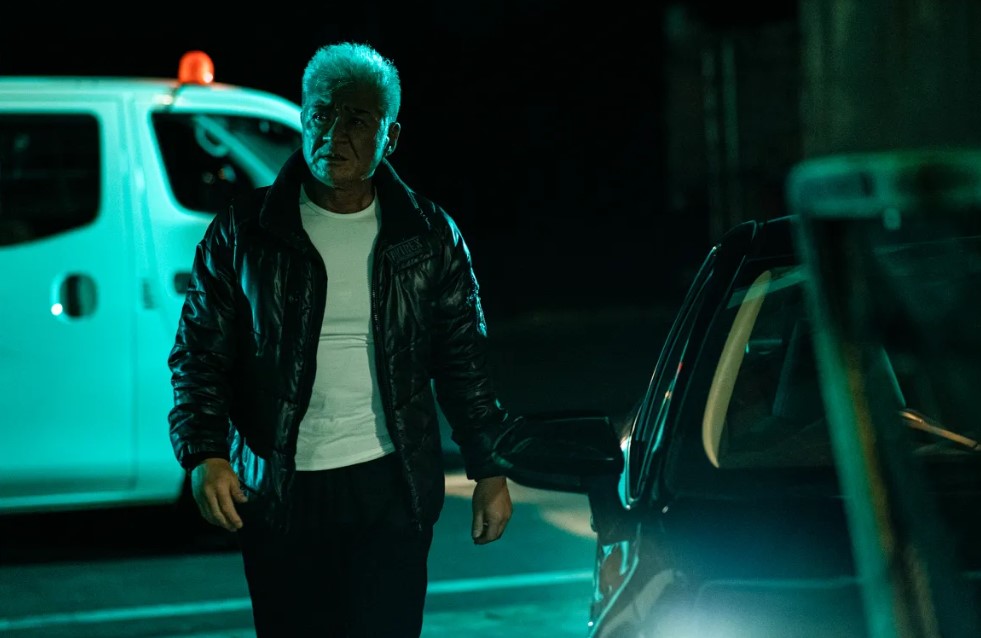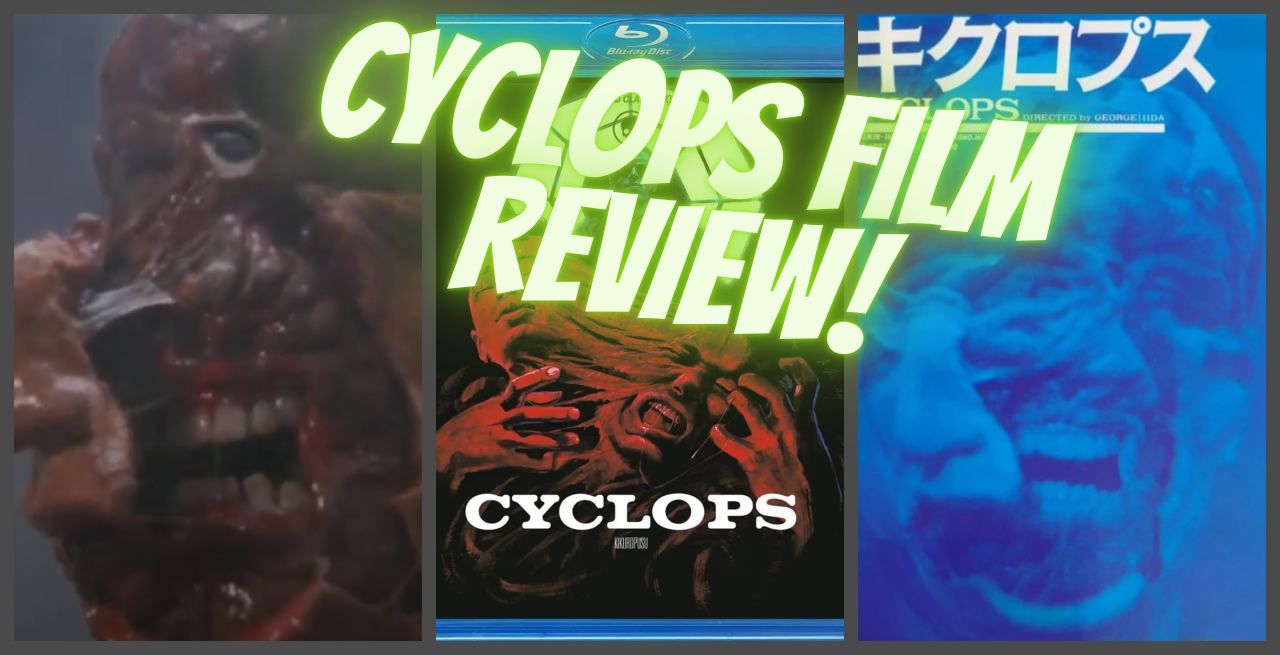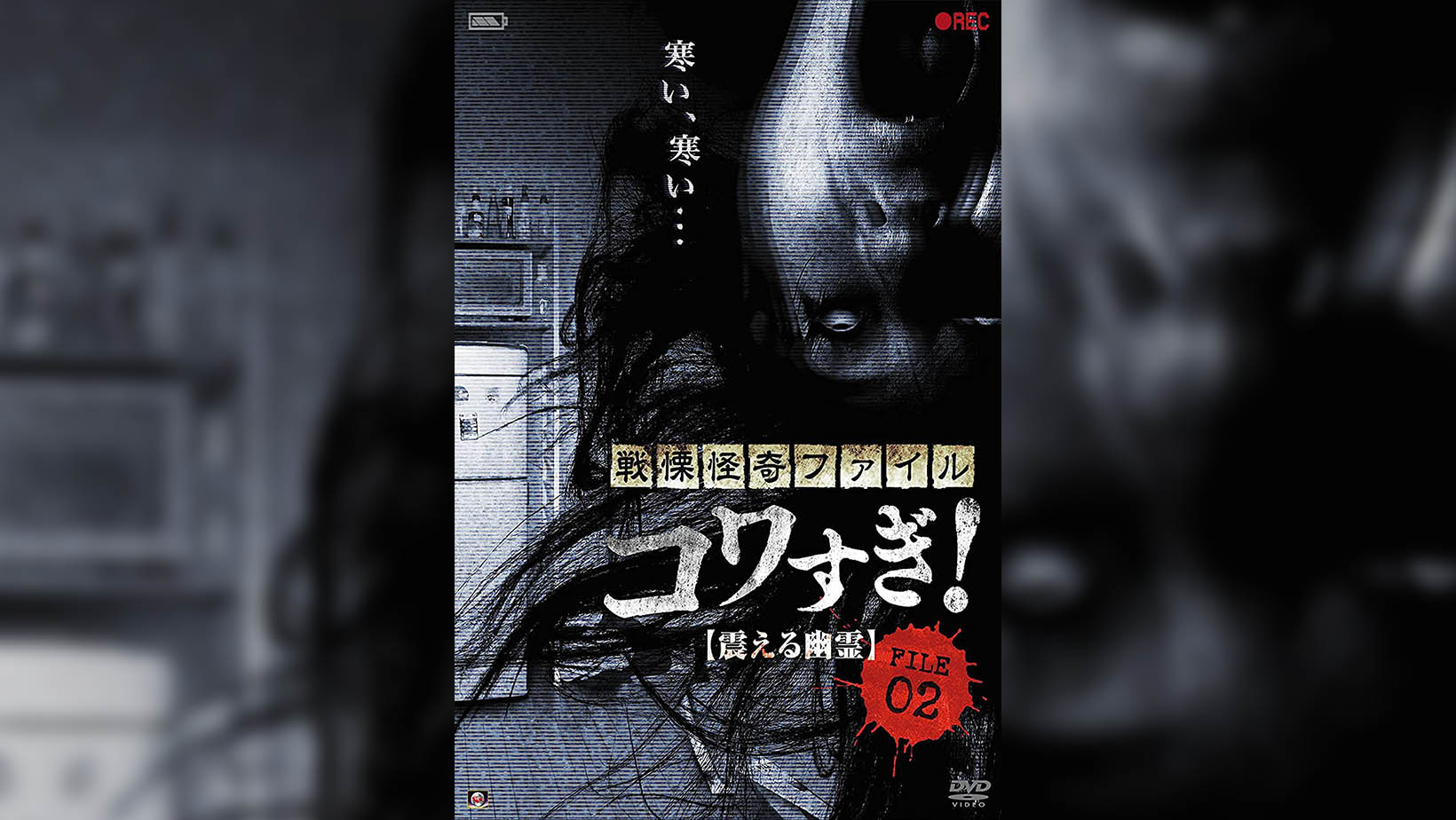
After File 01 went off with a bang, Koji Shiraishi’s Senritsu Kaiki File Kowasugi! File 02: Shivering Ghost (2012) tries something different and turns out unexpectedly good. The first episode of the mockumentary series didn’t disappoint in serving Koji’s found footage brands and Japanese myth goodness, showing how his knack for storytelling and genre
